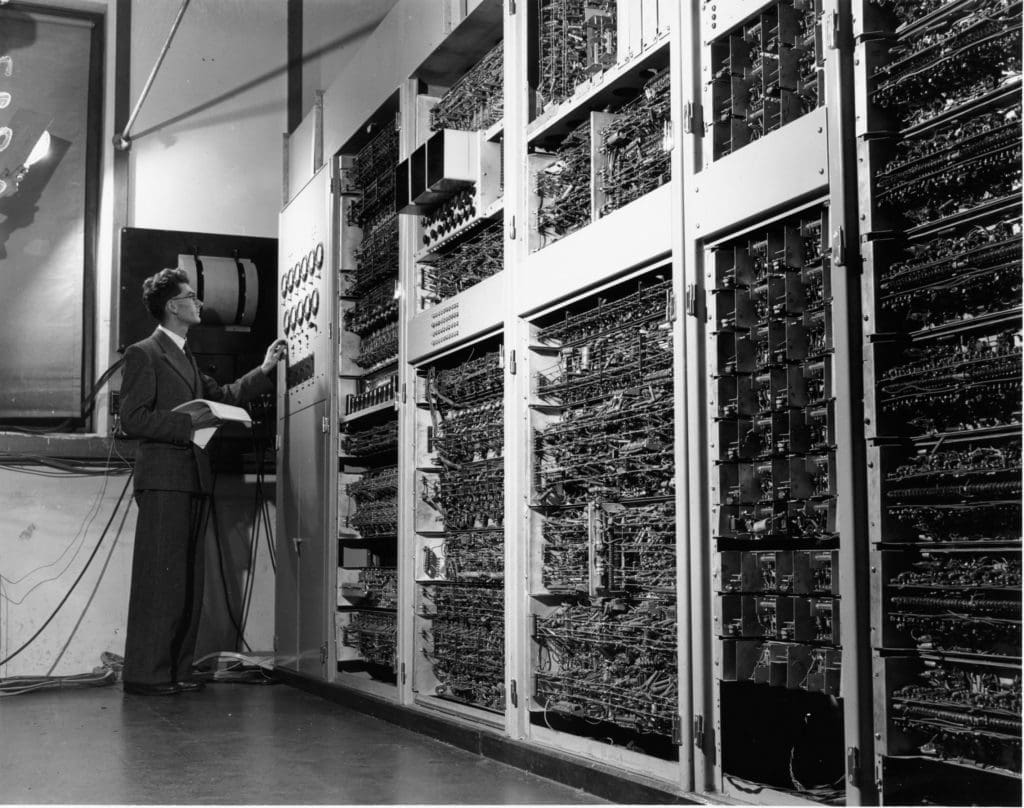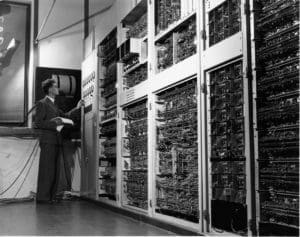Pioneers in Tech: The answer to the security question is “Fernando Corbáto”

 This year’s Cybersecurity Awareness Month theme—“See Yourself in Cyber”—encourages computer users of all types to focus on the personal role they play in protecting themselves online. After all, if your go-to password is “password,” no mitigation measure will be effective.
This year’s Cybersecurity Awareness Month theme—“See Yourself in Cyber”—encourages computer users of all types to focus on the personal role they play in protecting themselves online. After all, if your go-to password is “password,” no mitigation measure will be effective.
The use of passwords to protect computer-based information dates back to the 1960s, when Dr. Fernando Corbáto was involved in developing timesharing computing at the Massachusetts Institute of Technology. Timesharing solved one problem (putting the processing power of a computer to work simultaneously for multiple users) but created another (giving multiple people access to another user’s files). Corbáto’s solution was a password system for the Compatible Time-Sharing System (CTSS).
Corbáto was born July 1, 1926, in Oakland, California, to graduate students at the University of California, Berkeley. His father was a native of Spain who became a Spanish literature professor and moved the family to Southern California. Corbáto—known as “Corby” to his family and friends—enlisted in the Navy at age 17 and became an electronics technician. This led to his eventual bachelor’s degree from the California Institute of Technology and a PhD in physics from MIT. While studying at MIT, Corbáto found himself more interested in the computers used by physicists than by physics itself.
His work on the initial timesharing program, CTSS, was followed by another timesharing program called Multics that was a precursor to the Linux operating system. Corbáto received the A.M. Turing Award in 1990 for his pioneering work in time-sharing. He passed away in 2019.
Photo: Museums Victoria / Unsplash



























